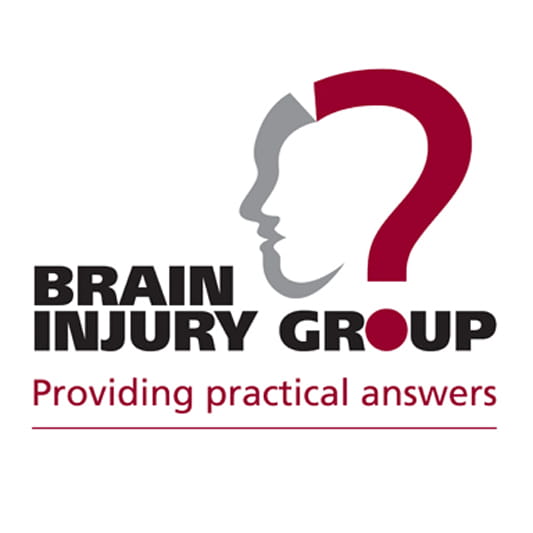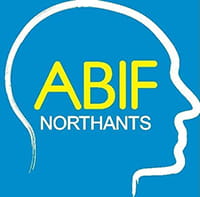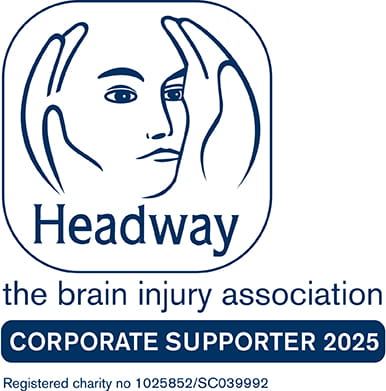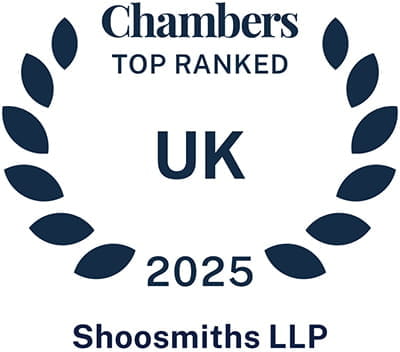Shoosmiths were instructed by a client who was suffering with an increased spinal deformity as a result of delayed diagnosis and treatment of a spinal fracture. The case was led by specialist clinical negligence partner, Andrea Rusbridge.
Our client had a pre-existing condition of Ankylosing spondylitis (AS) which is a long-term (chronic) condition in which the spine and other areas of the body become inflamed. Our client was diagnosed with AS when she was a young adult and she managed the condition well by attending inpatient courses, exercising, and medication.
In December 2015, our client fell down the stairs and had landed backwards. She attended the First Defendant’s (D1) hospital the following day. She experienced extreme pain, which was alarming as she had a high pain threshold. An x-ray of the spine was taken, and she was advised that there was no fracture.
She was discharged with advice to return if the pain worsened. The pain persisted and she noticed a change in her posture with worsening kyphosis. She spoke to the second defendant, which was her GP (D2) about her concerns and requested a referral for an MRI scan. This was declined and instead D2 referred her for a course of physiotherapy. She continued to be in significant pain and discomfort.
In June 2016, she was referred to the Royal National Orthopaedic Hospital for a review and the Rheumatologist advised that the progression in her kyphosis was far greater than expected and he suspected a fracture.
Following a further referral to D1 hospital and further scans, it was confirmed that there had been a fracture at L2 (also known as the second Lumbar Vertebra, which is located towards the lower end of the spine) attributable to the accident in December 2015.
Our client has been advised that surgery is an option but carries significant risks. As a result of the failure to diagnose and treat the fracture in a timely manner, her posture has deteriorated significantly and has consequently impacted on her life.
Claim brought by Shoosmiths
Our client instructed Shoosmiths in 2017 and we investigated a claim against both defendants. Supportive evidence was obtained confirming claims against both defendants.
Letters of Claim were served upon the Trust and the GP in August 2018; their responses were received in March 2019, in which all allegations were denied.
Court proceedings
As both potential defendants denied liability, court proceedings were issued in May 2019 against both.
Both Defendants served full defences but the day before the directions hearing D1 admitted that they should have diagnosed the fracture in December 2015 and if diagnosis had been made, our client would have been referred to the Royal London. D1 confirmed that our client should have had a CT scan which would have been discussed with the spinal team at the Royal London Hospital. A decision would have been taken by the spinal team at the Royal London Hospital as to whether she was a suitable candidate for surgery.
D2 denied there was a failure to refer her for an MRI scan and maintained it was reasonable to refer her for physiotherapy.
Both Defendants argued that this was a 2-column compression fracture which was stable, and surgery was not appropriate, as it would have carried significant risks of infection and further fracture. They maintained that if the fracture was diagnosed in December 2015 or February 2016, the outcome would not have been any different, as our client would have been managed with conservative treatment which would not have prevented the increased kyphosis.
We had supportive evidence that with a stenosed spine from AS, any fracture is unstable and that she should have been advised on surgical options, which she would have opted for to stabilise and fix the fracture, thereby preventing the increasing spinal deformity.
Joint discussions took place between the experts but the claim was so complex these needed to be repeated and further experts instructed to try and clarify the but for position. There was little consensus.
Trial dates were set and vacated twice due to evidence being unavailable and an expert having to be replaced.
Quantum evidence was obtained to enable full schedule to be drafted setting out the financial consequences of the injury. This enabled the parties to meet and mediate a settlement.
Mediation took place in May 2023 and the claim successfully settled out of court.
Andrea says: This was a complex and challenging case because our client had a pre-existing condition, but she was clearly seriously affected by the delayed diagnosis of her fracture so it was our job to investigate, obtain good expert evidence and achieve the right outcome for her.”
Client feedback
The whole legal team at Shoosmiths were professional, kind and supportive throughout my legal case. I have much gratitude. Andrea Rusbridge, and her team, were efficient and professional and also extremely kind and thoughtful and that made all the difference to me at a very stressful time.
Disclaimer
This information is for educational purposes only and does not constitute legal advice. It is recommended that specific professional advice is sought before acting on any of the information given. © Shoosmiths LLP 2025















